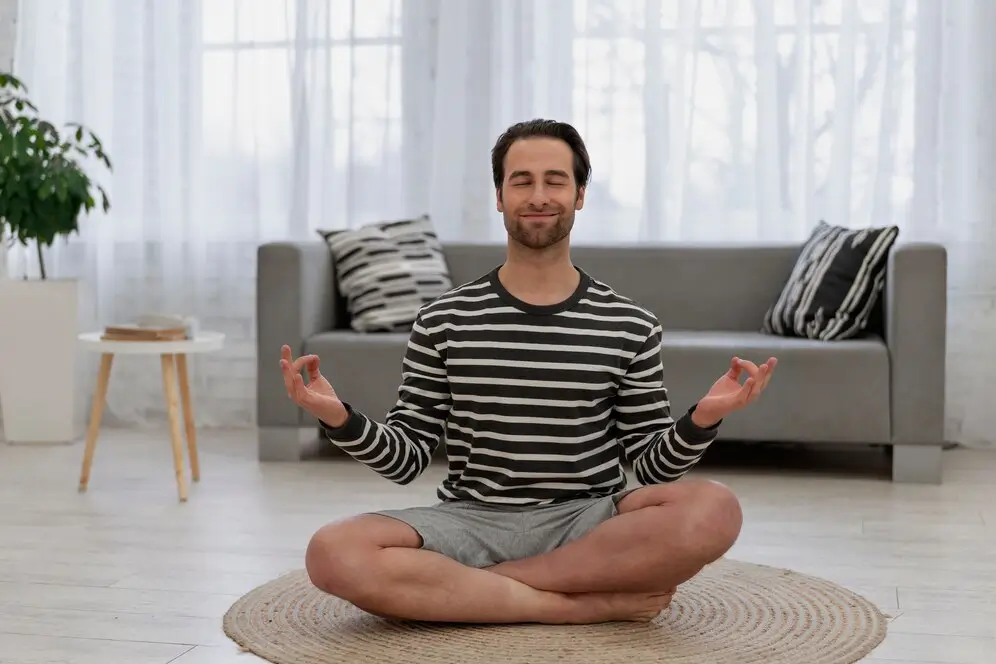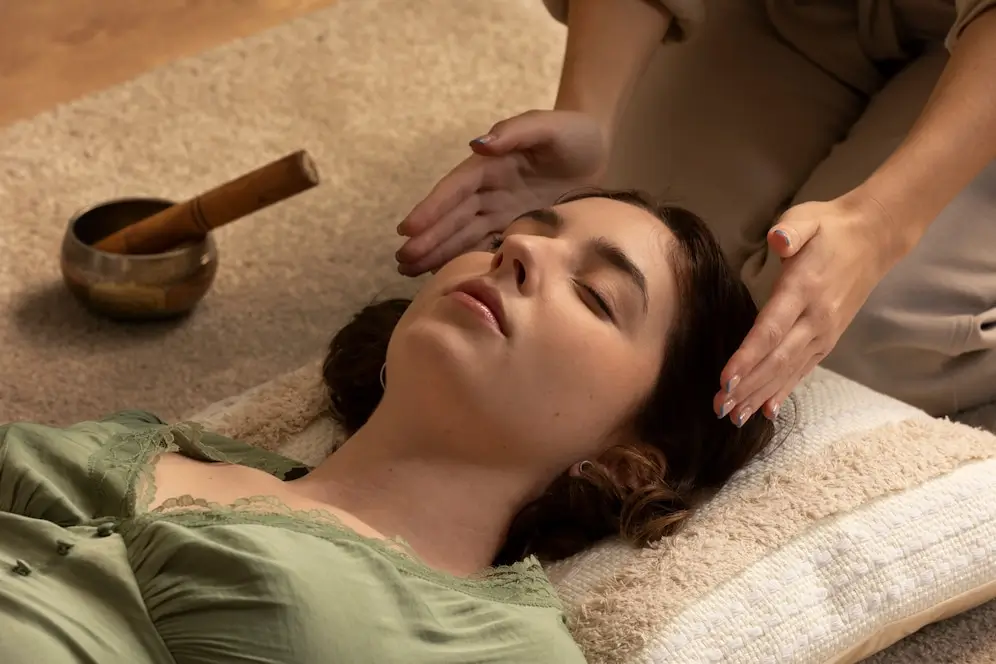The Art And Science Of Relaxation Techniques: A Comprehensive Guide
In the fast-paced and stress-laden world we live in, finding effective ways to relax has become increasingly essential for maintaining both physical and mental well-being. Relaxation techniques offer a holistic approach to unwinding, fostering a sense of calmness and balance.
Table of Contents
This article delves into the various relaxation techniques, exploring their benefits, scientific foundations, and practical applications for individuals seeking a reprieve from the pressures of daily life.
Understanding Stress and the Need for Relaxation
Before delving into relaxation techniques, it’s crucial to comprehend the impact of stress on the body and mind. Stress, whether chronic or acute, can contribute to a myriad of health issues, including cardiovascular problems, weakened immune system, and mental health disorders such as anxiety and depression.
Relaxation techniques serve as powerful tools to counteract the detrimental effects of stress, promoting a state of relaxation that facilitates healing and restoration.
Mind-Body Connection: The Science Behind Relaxation
The mind-body connection is at the heart of relaxation techniques. Numerous scientific studies have established the profound impact of mental well-being on physical health and vice versa.
Techniques such as meditation, deep breathing, and progressive muscle relaxation operate on the premise that calming the mind induces physiological changes, leading to reduced heart rate, lower blood pressure, and decreased levels of stress hormones like cortisol.
Common Relaxation Techniques
1. Deep Breathing Exercises:
Deep breathing, also known as diaphragmatic or abdominal breathing, involves taking slow, deep breaths to activate the body’s relaxation response.
This technique is simple yet highly effective in reducing stress and promoting a sense of calm.
2. Meditation:
Meditation encompasses a variety of practices aimed at cultivating mindfulness and awareness. Mindfulness meditation, transcendental meditation, and loving-kindness meditation are popular approaches.
Regular meditation has been associated with improved emotional well-being, enhanced focus, and reduced anxiety.
3. Progressive Muscle Relaxation (PMR):
Progressive Muscle Relaxation (PMR)involves systematically tensing and then relaxing different muscle groups throughout the body.
This technique helps release physical tension and promotes a state of overall relaxation.
4. Yoga:
Combining physical postures, breath control, and meditation, yoga is a holistic practice that promotes flexibility, strength, and mental tranquility.
Various forms of yoga, such as Hatha, Vinyasa, and Kundalini, cater to different preferences and needs.
5. Visualization:
Visualization techniques involve creating mental images that evoke a sense of peace and relaxation.
By picturing calming scenes or scenarios, individuals can redirect their focus away from stressors, promoting a tranquil mental state.

Benefits of Regular Relaxation Practice
1. Stress Reduction:
The primary goal of relaxation techniques is to reduce stress. Regular practice helps modulate the body’s stress response, leading to decreased levels of stress hormones and an overall sense of calm.
2. Improved Sleep Quality:
Many relaxation techniques promote relaxation before bedtime, making them effective tools for improving sleep quality. Better sleep, in turn, contributes to overall well-being and cognitive function.
3. Enhanced Mental Health:
Relaxation techniques are associated with improved mental health outcomes, including reduced symptoms of anxiety and depression. The cultivation of mindfulness and self-awareness can positively impact one’s emotional state.
4. Increased Resilience:
Regular practice of relaxation techniques enhances resilience, enabling individuals to cope more effectively with life’s challenges. By fostering a balanced mental state, these techniques contribute to emotional well-being in the face of adversity.
Incorporating Relaxation into Daily Life
While learning specific techniques is important, integrating relaxation into daily life is equally crucial. Consider the following tips:
1. Consistency is Key:
Establish a consistent routine for practicing relaxation techniques. Whether it’s a few minutes of deep breathing in the morning or an evening meditation session, regularity enhances the effectiveness of these practices.
2. Create a Relaxation Space:
Designate a space in your home or workplace for relaxation. This can be a quiet corner for meditation, a comfortable chair for deep breathing exercises, or even a nature-inspired setting for visualization.
3. Combine Techniques:
Experiment with combining different relaxation techniques to find what works best for you. For example, pairing deep breathing with gentle yoga or meditation with progressive muscle relaxation can create a comprehensive relaxation experience.
4. Mindful Breaks:
Incorporate short relaxation breaks into your day. Whether it’s a brief walk, a few minutes of deep breathing at your desk, or a moment of mindfulness during daily activities, these breaks can help reset your stress levels.

Conclusion
In a world characterized by constant demands and pressures, the pursuit of relaxation is not a luxury but a necessity for overall well-being.
The diverse array of relaxation techniques provides individuals with a toolkit to manage stress, enhance mental health, and foster a sense of balance in their lives.
By understanding the science behind these practices and incorporating them into daily routines, individuals can embark on a journey towards greater peace, resilience, and vitality.
